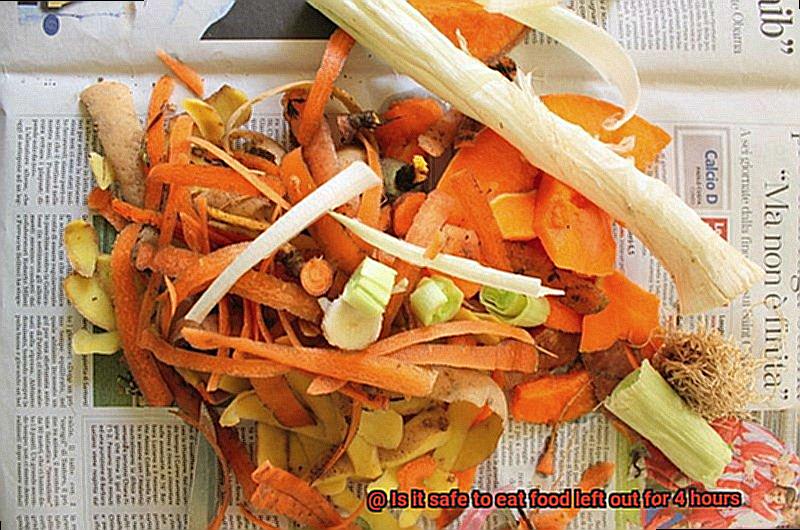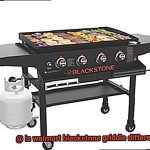Have you ever been guilty of leaving your food unattended on the kitchen counter for a few hours? Perhaps you’ve even taken a bite out of something that’s been sitting out for a while and ended up with an unpleasant case of food poisoning. If so, then you’re probably wondering: is it safe to eat food left out for 4 hours?
Well, the short answer is no. Leaving food out for extended periods can create the perfect breeding ground for bacteria to thrive and multiply, potentially leading to serious health complications. However, not all foods are created equal when it comes to their tolerance for being left out.
In this blog post, we’ll delve into the fascinating science behind food safety and explore how different factors such as temperature, humidity and storage conditions can impact the shelf life of your meals. We’ll also examine which types of foods are more susceptible to bacterial growth and offer some handy tips on how to store your leftovers safely.
Whether you’re an avid home cook or simply want to ensure that your meals are always safe to consume, this post is for you. By the end of our exploration into all things food safety-related, you’ll have a comprehensive understanding of why it’s essential not to take chances with your health when it comes to consuming food that’s been left out too long.
Contents
What is the Danger Zone?
The Danger Zone is a temperature range between 40°F and 140°F where bacteria can rapidly grow in food, causing it to become unsafe to eat. Food left within the Danger Zone for too long can lead to serious foodborne illnesses like salmonella, E. coli, and listeria.
It’s important to note that the Danger Zone is not limited to leaving food out at room temperature. For instance, if perishable foods are improperly stored in a refrigerator or freezer where the temperature is not below 40°F, the food can still enter the Danger Zone.
To prevent bacteria from growing, it is highly recommended that perishable foods are kept out of the Danger Zone. This can be achieved by keeping them hot above 140°F or cold below 40°F. If you’re serving hot food at a party, use a warming tray or chafing dish to keep it above 140°F. Similarly, when storing perishable foods in the fridge or freezer, make sure to keep them at a safe temperature.
Also, refrigerate or freeze perishable foods within two hours of cooking or purchasing them. This helps to prevent bacteria from multiplying and keeps your food safe to eat. Here are some quick tips to remember:
- Use a thermometer to check the temperature of food
- Keep perishable foods out of the Danger Zone
- Store food properly in the fridge or freezer
- Refrigerate or freeze perishable foods within two hours
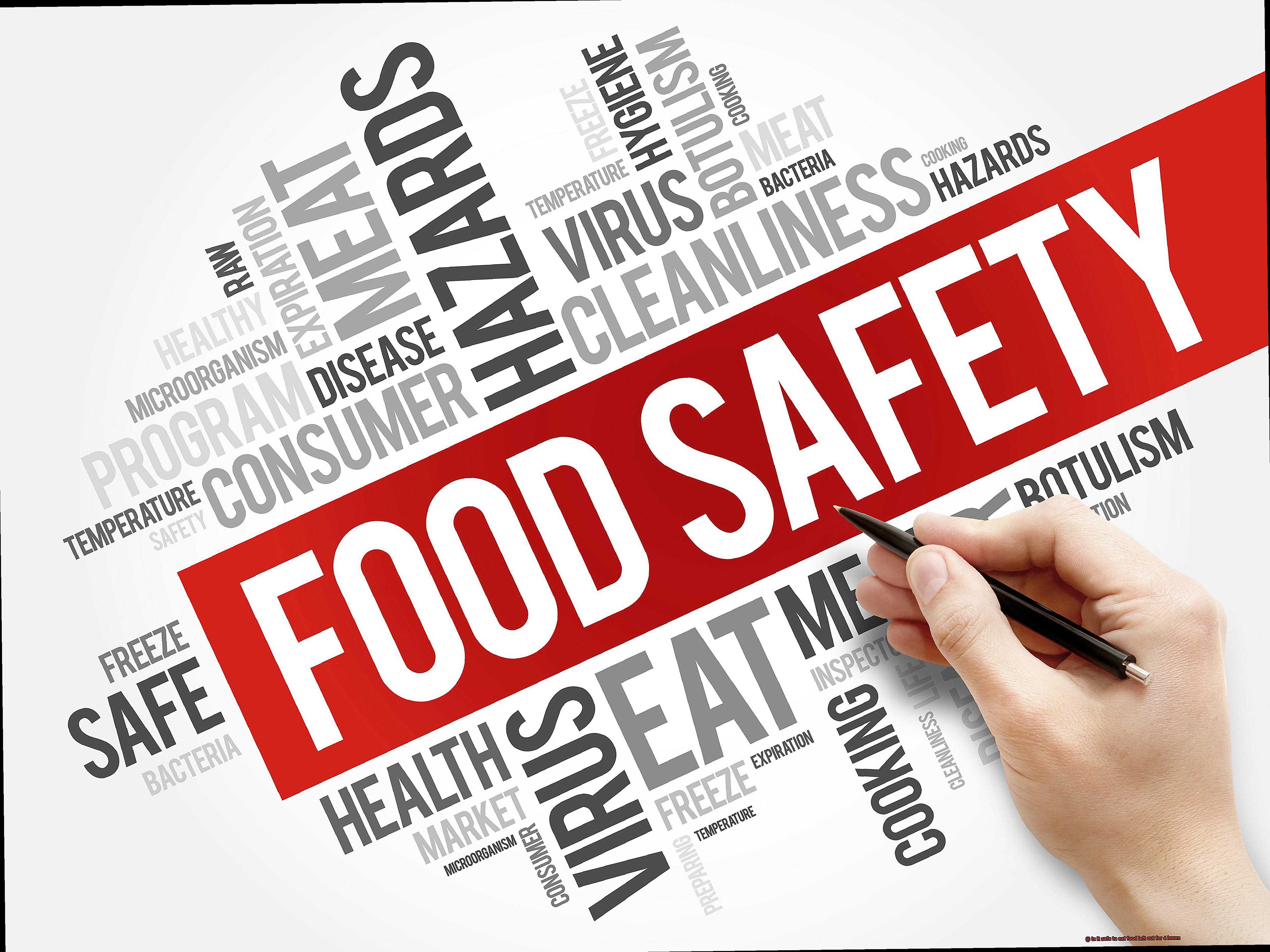
What Foods Should Not Be Left Out for 4 Hours?
The answer is straightforward – any perishable food item that can spoil or become contaminated should not be left out at room temperature for more than two hours. Let’s take a closer look at some specific examples.
First and foremost, raw or cooked meat and poultry are at the top of the list. This includes beef, pork, chicken, and any other type of meat you can think of. Bacteria can grow rapidly on these types of foods and lead to foodborne illness, so it’s crucial to refrigerate them immediately.
Seafood such as fish and shellfish are also highly susceptible to bacteria growth when left out at room temperature for too long. Dairy products like milk, cheese, and yogurt should also not be left out for more than two hours. These items can quickly spoil and become a breeding ground for harmful bacteria.
Eggs are another food item that should not be left out for more than two hours. Even hard-boiled eggs can become contaminated and lead to foodborne illness if left at room temperature for too long.
It’s also important to refrigerate cooked grains like rice and pasta within two hours of cooking to prevent bacteria growth. These seemingly harmless items can quickly turn into a pathogen paradise if left out too long.
To summarize, any perishable food item that can spoil or become contaminated should not be left out for more than two hours. By being mindful of which foods are more susceptible to bacteria growth when left out at room temperature, we can take steps to ensure our meals are safe to eat and minimize the risk of foodborne illness.
Are There Exceptions to the Rule?
While it’s always better to err on the side of caution, there are some cases where certain types of food can be left out for a bit longer without posing a significant risk.
When considering the type of food in question, it’s important to note that hard cheeses and cured meats are less likely to spoil quickly than other perishable foods like seafood, dairy products, and cooked grains. So, if you accidentally left out your charcuterie board for a few extra hours during your last party, you might still be able to enjoy it.
Another factor to consider is the temperature of the environment. Bacteria growth on food is impacted by the room or outdoor temperature. The “danger zone” for bacterial growth is between 40 and 140 degrees Fahrenheit. Therefore, if you live in a colder climate or it’s winter season, your food might have an extended life span. Conversely, hot temperatures can speed up bacterial growth and may cause food to spoil more quickly.
In addition to the temperature, the length of time that food has been left out is also an important consideration. While four hours is generally considered the maximum amount of time that perishable foods should be left at room temperature, some types of food may spoil more quickly than others. If you left out your sushi platter for more than an hour or two, we recommend tossing it out immediately.
It’s also important to note that certain populations, such as pregnant women, young children, and those with weakened immune systems, are at a higher risk of developing foodborne illness. For these individuals, it is especially important to avoid consuming any food that has been left out for an extended period of time.
How Can You Reduce the Risk of Foodborne Illness?
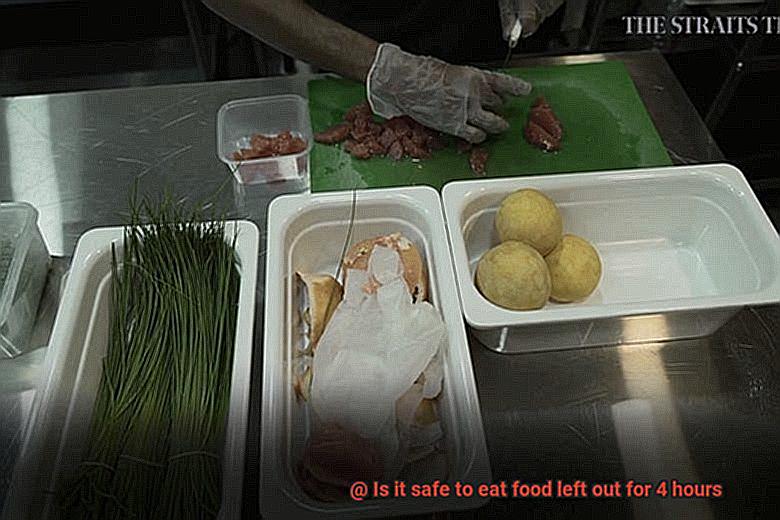
As we all know, foodborne illness can be a serious and unpleasant experience. But fear not. By taking some simple steps, you can greatly reduce the risk of getting sick from your food. Here are some expert tips to help keep you and your loved ones safe.
Firstly, hygiene is key. Always wash your hands thoroughly before handling any food. This means using soap and warm water for at least 20 seconds, and making sure your hands are dry before handling any food. By doing this, you can prevent the spread of harmful bacteria and keep yourself healthy.
Keeping your kitchen and cooking surfaces clean is also crucial in reducing the risk of foodborne illness. Make sure to regularly clean your counters, cutting boards, and utensils with hot, soapy water. Don’t forget to sanitize them with a solution of one tablespoon of unscented chlorine bleach per gallon of water to kill any remaining bacteria.
When it comes to storing food, remember that perishable items like meat, poultry, fish, and dairy products need to be kept refrigerated below 40°F or frozen below 0°F to prevent bacterial growth. If these foods are left out for more than two hours at room temperature (or one hour if the temperature is above 90°F), it’s crucial to discard them to avoid the risk of illness.
Finally, cooking your food to the correct internal temperature is crucial in killing off any harmful bacteria. Use a food thermometer to ensure that meat, poultry, fish, and eggs are cooked to their safe minimum internal temperatures before serving.
To sum up:
- Wash your hands thoroughly before handling any food
- Keep your kitchen and cooking surfaces clean
- Store perishable items at the correct temperature
- Cook food to its proper internal temperature
What Temperature Should High-Risk Foods be Kept at?
However, it’s important to be aware of the risks of foodborne illness and take the necessary precautions to keep yourself and your loved ones safe. One crucial step in food safety is storing high-risk foods at the correct temperature.
High-risk foods such as meat, poultry, fish, dairy products, and cooked rice and pasta are more likely to cause foodborne illness if not stored correctly. The temperature danger zone for these foods is between 40°F and 140°F – a range where bacteria can grow rapidly. To prevent bacterial growth, these foods should be stored either above or below this range.
For instance, raw meat should be refrigerated at a temperature below 40°F until it’s ready for cooking. Once cooked, it should be kept above 140°F until served or stored in the fridge. Dairy products like milk and cheese should also be kept below 40°F in the refrigerator. Cooked rice and pasta should be cooled quickly and stored below 40°F.
Aside from keeping high-risk foods within the safe temperature range, they should not be left out for more than two hours. If the temperature rises above 90°F, then they shouldn’t be left out for more than one hour.
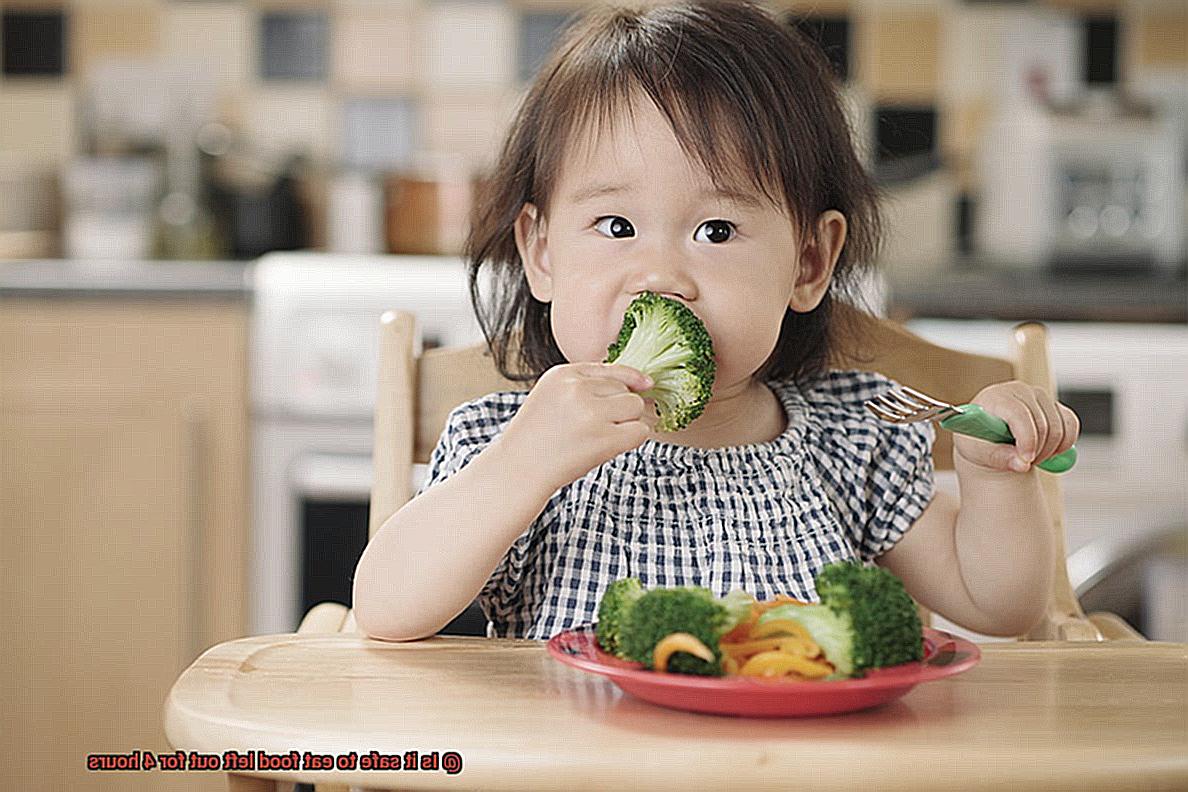
In summary, proper storage temperature is critical in preventing bacterial growth in high-risk foods. Keep them below 40°F or above 140°F and avoid leaving them out for more than two hours (or one hour if above 90°F). Remember that even a seemingly harmless mistake can lead to serious health consequences.
How Long Can Dry Foods Safely Stay Out?
You might be wondering: how long can these snacks safely stay out?

As an expert in the field, I am here to shed some light on this topic. While dry foods have a longer shelf life than perishable items, they are not invincible. Proper storage and caution are crucial to ensure their safety and quality.
So, let’s dive in. Most dry foods can last several months to a year if stored correctly in a cool, dry place. However, once you open the package, the clock starts ticking. It’s best to consume your snacks within two weeks of opening to guarantee freshness and quality.
When it comes to leaving your dry foods out, the general rule of thumb is that they can safely stay out for up to a week if stored in an airtight container. But this time frame is not set in stone and can vary depending on the specific food item and environmental factors such as temperature and humidity.
For instance, pretzels left out on a hot and humid day may become stale or moldy within just a day or two. In contrast, nuts and seeds can often last longer than a week if stored properly. So, it’s essential to be aware of the specific needs of each snack.
To ensure the safety and quality of your dry foods, make sure to store them correctly and check for any signs of spoilage before consuming. Off smells or flavors, mold growth, or changes in texture or appearance are all red flags that indicate it’s time to discard the food.
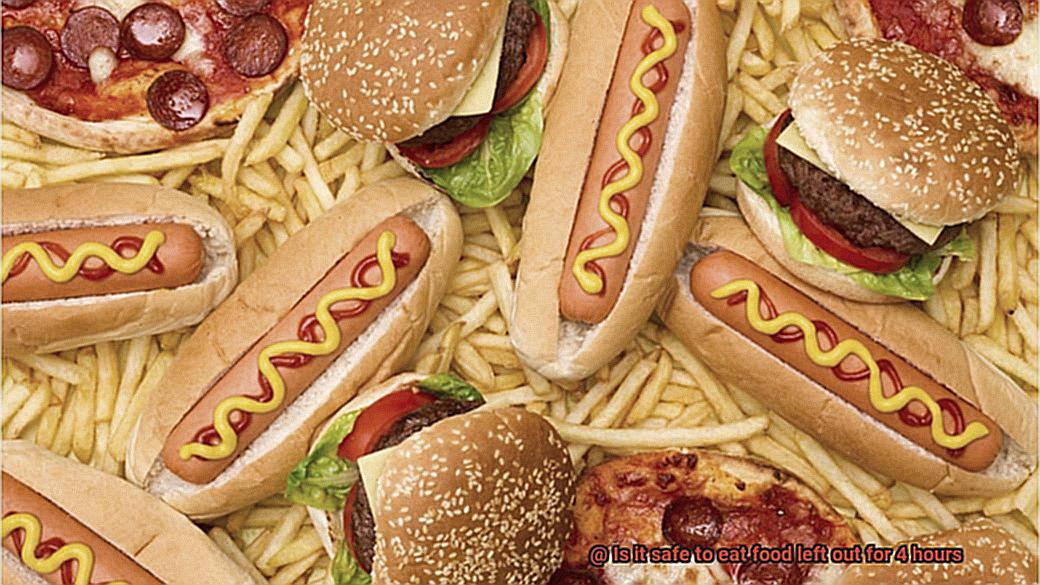
What is the Best Way to Store Perishable Foods?
Perishable foods such as dairy products, meats, poultry, fish, eggs, and certain fruits and vegetables are prone to spoilage and can cause foodborne illnesses if not stored properly. So, what’s the best way to store perishable foods? Let’s explore some crucial tips.
Firstly, it’s vital to keep perishable foods in a refrigerator at temperatures below 40°F (4°C). This slows down the growth of bacteria and other microorganisms that cause food spoilage and illness. If you’re not planning on consuming perishable foods within a few days, freezing them is another excellent option. Freezing preserves the quality and nutritional value of the food.
When storing perishable foods in the fridge or freezer, make sure to wrap them tightly in plastic wrap or aluminum foil or place them in airtight containers. This prevents the food from drying out or becoming contaminated by other foods in the fridge or freezer.
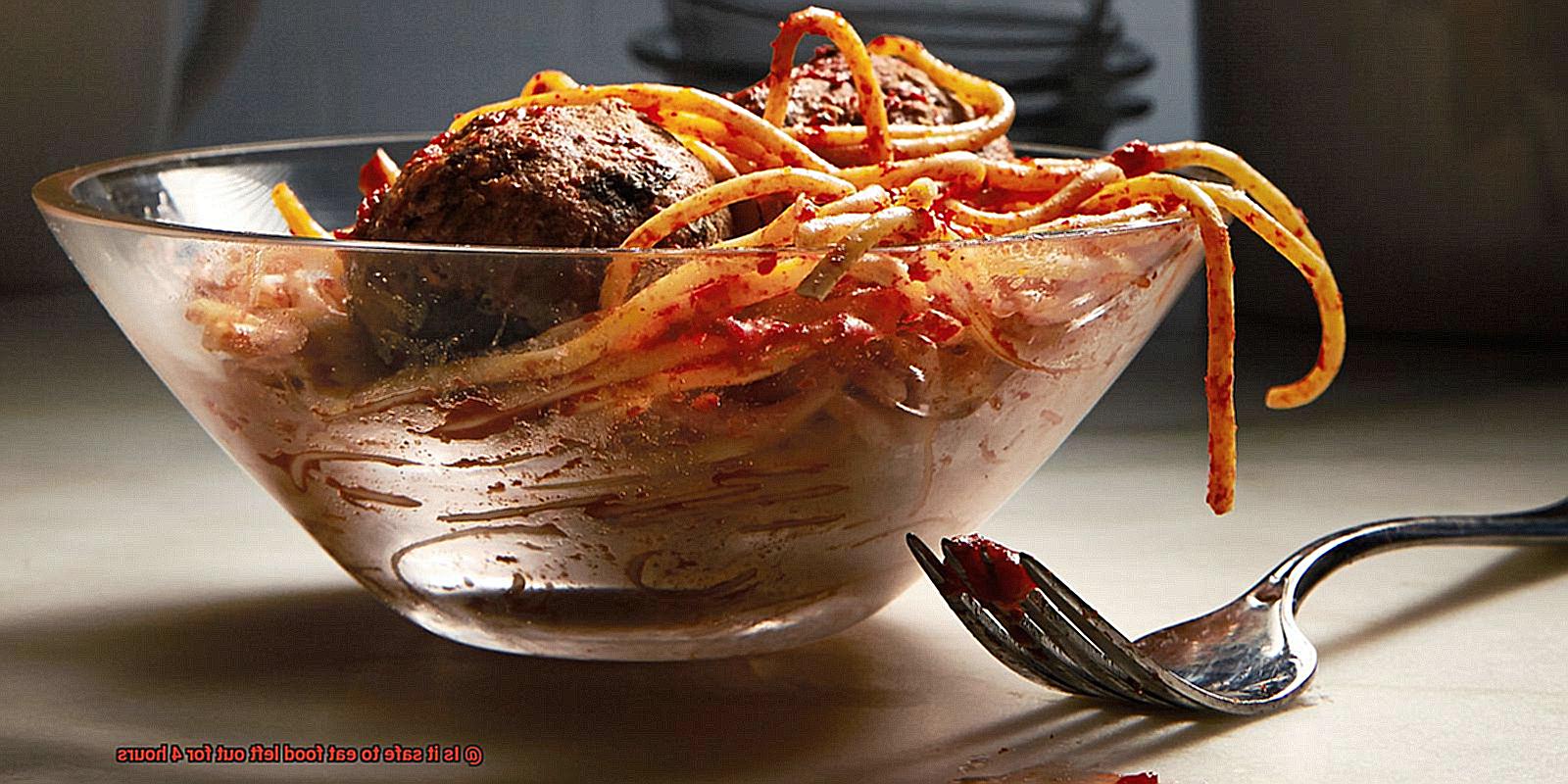
Regular cleaning of your refrigerator and freezer is also crucial to prevent the buildup of bacteria and other microorganisms that can cause spoilage and illness. Discard any expired or spoiled foods immediately.
It is also essential to store raw meats, poultry, and fish separately from ready-to-eat foods to prevent cross-contamination. Use separate cutting boards, utensils, and containers for these types of foods.
When transporting perishable foods such as groceries or leftovers from a restaurant, use a cooler with ice packs or frozen gel packs to keep them cool. Do not leave these foods in a hot car or outside in warm weather for extended periods of time.
In summary, here are some essential tips for storing perishable foods:
- Keep perishable foods in a refrigerator at temperatures below 40°F (4°C) or freeze them if not planning to consume within a few days.
- Wrap perishable foods tightly in plastic wrap or aluminum foil or place them in airtight containers when storing them in the fridge or freezer.
- Regularly clean your fridge and freezer and discard any expired or spoiled foods immediately.
- Store raw meats, poultry, and fish separately from ready-to-eat foods to prevent cross-contamination.
- Use a cooler with ice packs or frozen gel packs when transporting perishable foods.
6NjWAt7PZQg” >
Conclusion
In conclusion, leaving food out for four hours is like creating a bacterial paradise that can lead to severe health complications. The Danger Zone, which is the temperature range between 40°F and 140°F, is where bacteria thrive and multiply rapidly in food, making it unsafe to eat. To prevent bacterial growth, perishable foods should be kept hot above 140°F or cold below 40°F.
Raw or cooked meat and poultry, seafood, dairy products like milk, cheese and yogurt, eggs, and cooked grains like rice and pasta are highly susceptible to bacteria growth when left out at room temperature for too long. So it’s essential to store them properly at the correct temperature.
Proper hygiene practices such as washing hands thoroughly before handling any food can significantly reduce the risk of foodborne illness. Keeping your kitchen and cooking surfaces clean is also vital in preventing cross-contamination.
While dry foods have a longer shelf life than perishable items, they should still be stored correctly in a cool dry place. By following these tips on storing perishable foods safely, one can avoid getting sick from their food.
Remember that even a seemingly harmless mistake can lead to serious health consequences when it comes to consuming food that’s been left out too long. So always err on the side of caution when in doubt about the safety of your food.

